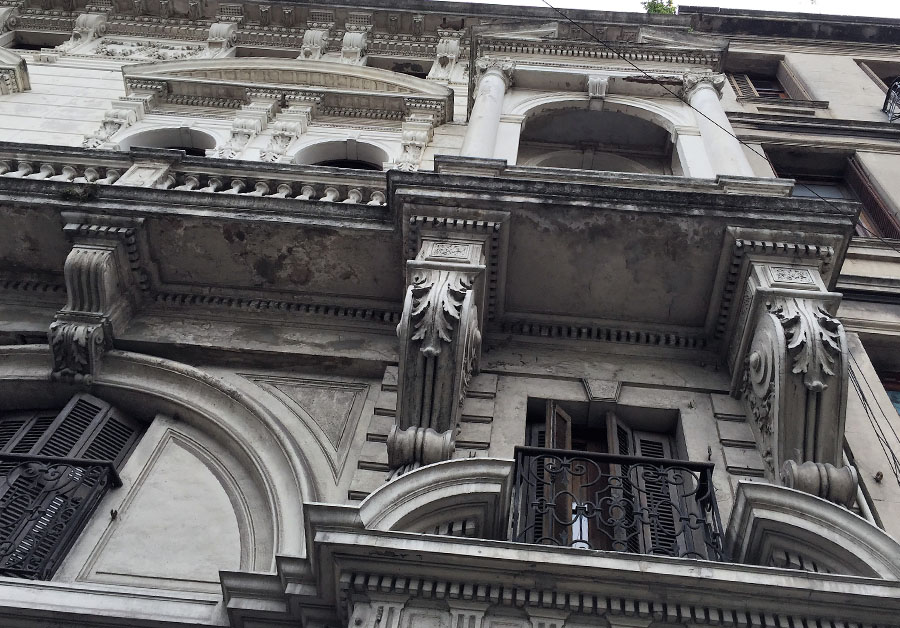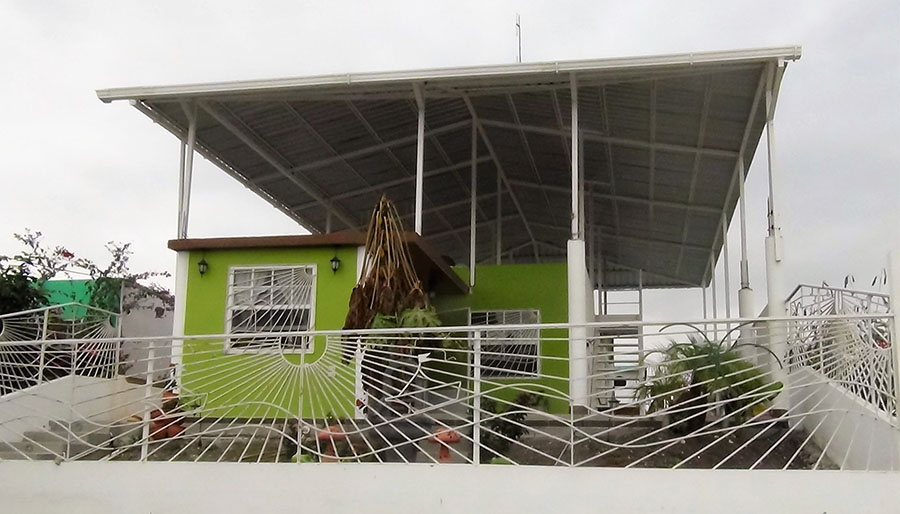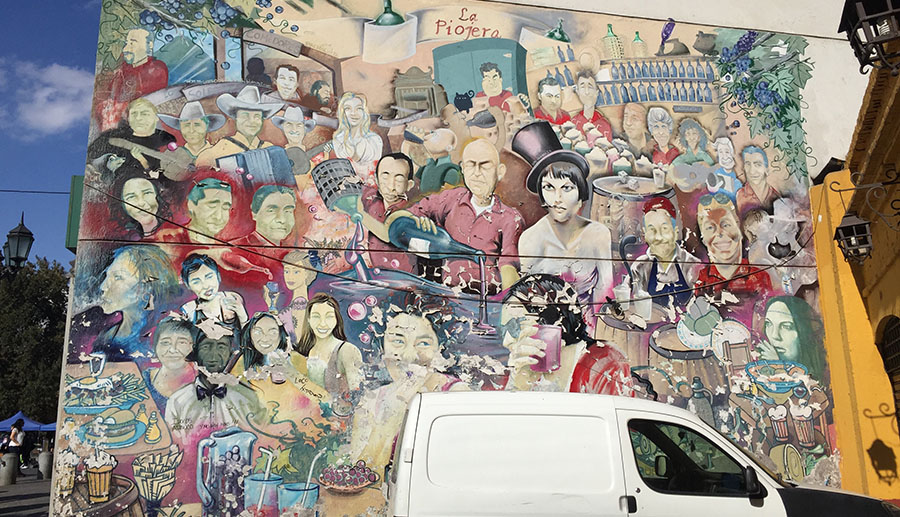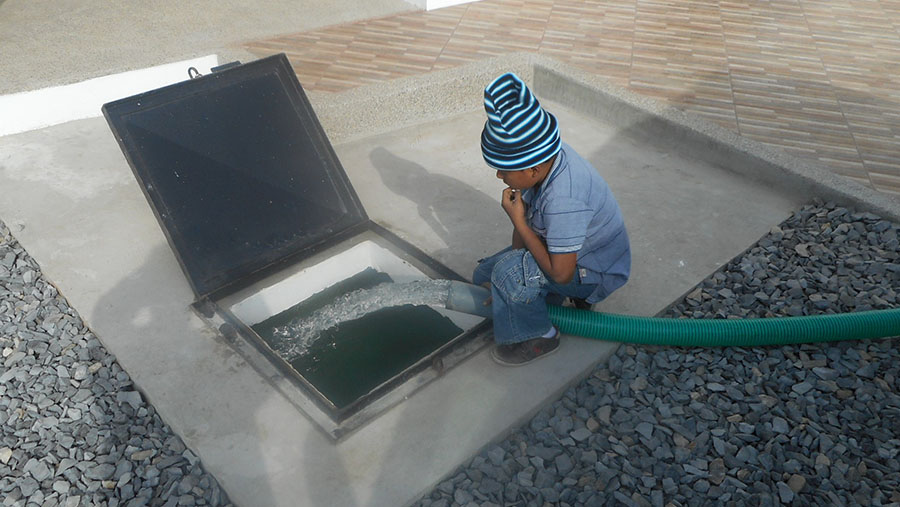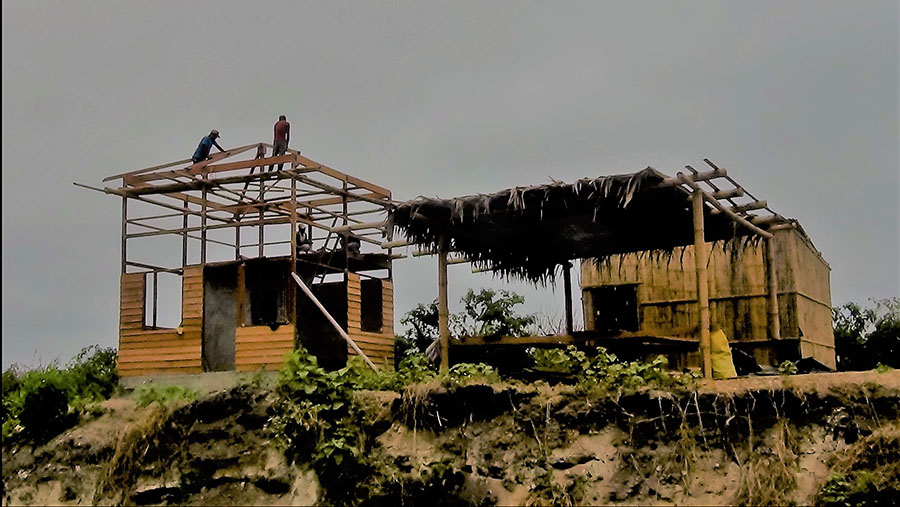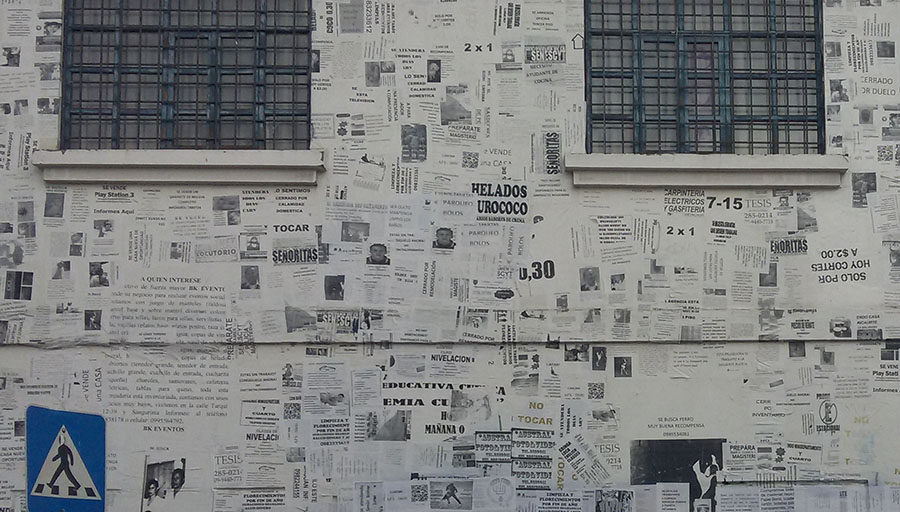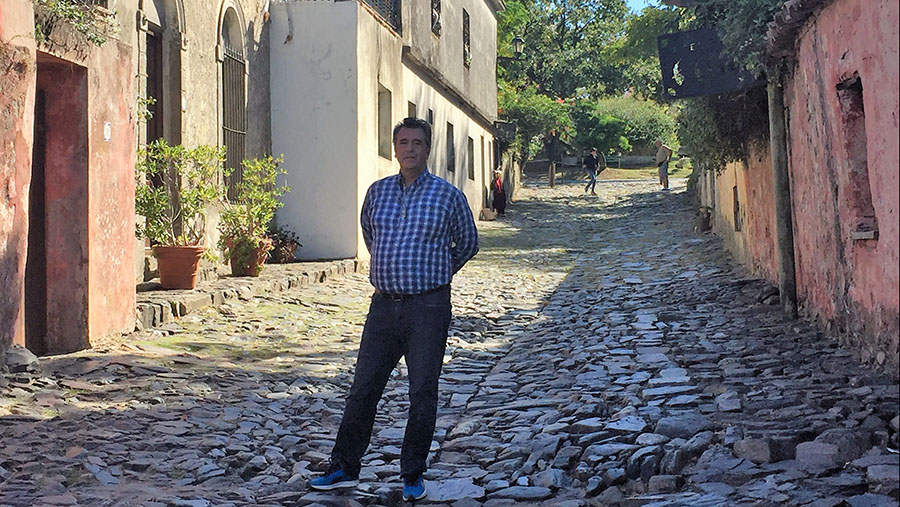
Simple country houses, Brutalist bodegas, and superb craftsmanship
When I travel, I focus on residential, vernacular architecture more than the great civic buildings and religious monuments. I like to see how — and in what — people live.
While traveling, I’m always struck how the architecture of place highlights its cultural characteristics as much as the food and dress. I’m surprised there are no travel shows dedicated to architecture, as it’s perhaps the most striking things we see when visiting foreign cities. Lots of shows about foreign foods. I like to focus on how different countries do homes.
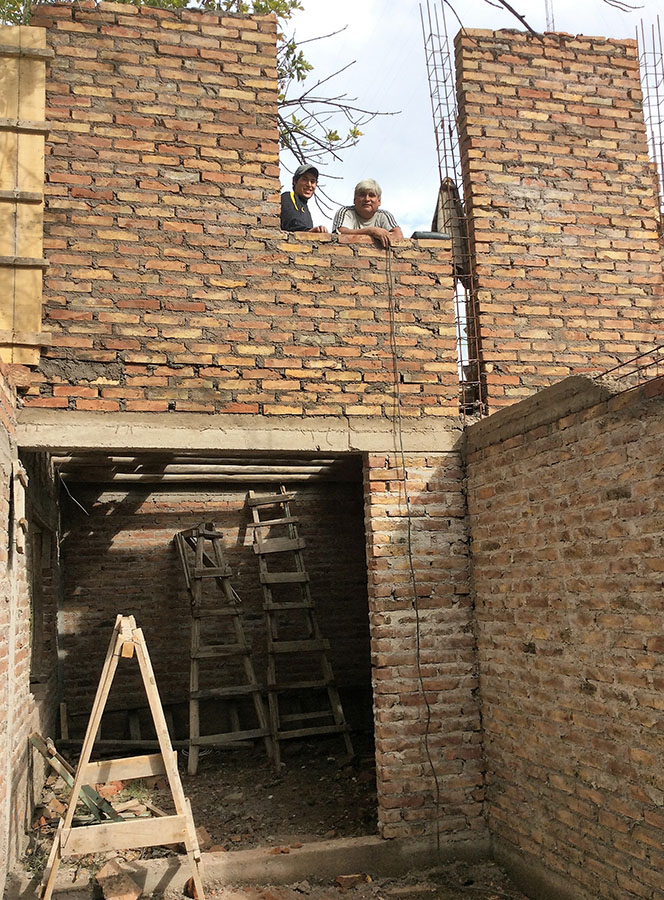
Just as cooks look proud of their work while cooking, builders always look smug when building. Approaching a jobsite with a camera and in a foreign city feels a bit like walking into a tough bar.
Until you open your mouth, greet folks, and admire their work.
In this picture, we can see that in places where masonry and concrete predominate, they don’t think like we do, whereby posts go up and then we fill in the walls. They put up the walls first, and use the wall to form the structural pillars that will hold them. On the right, you see the space left to for the column, with steel in place. On the left, you see a column with form lumber, no doubt filled with concrete and setting.
Mendoza, buildings simple and opulent
Our first stop, on a recent trip to visit family in my homeland of Argentina, was to my ancestral province of Mendoza, the wine, walnut, olive oil, and lemon producing region my grandfathers settled.
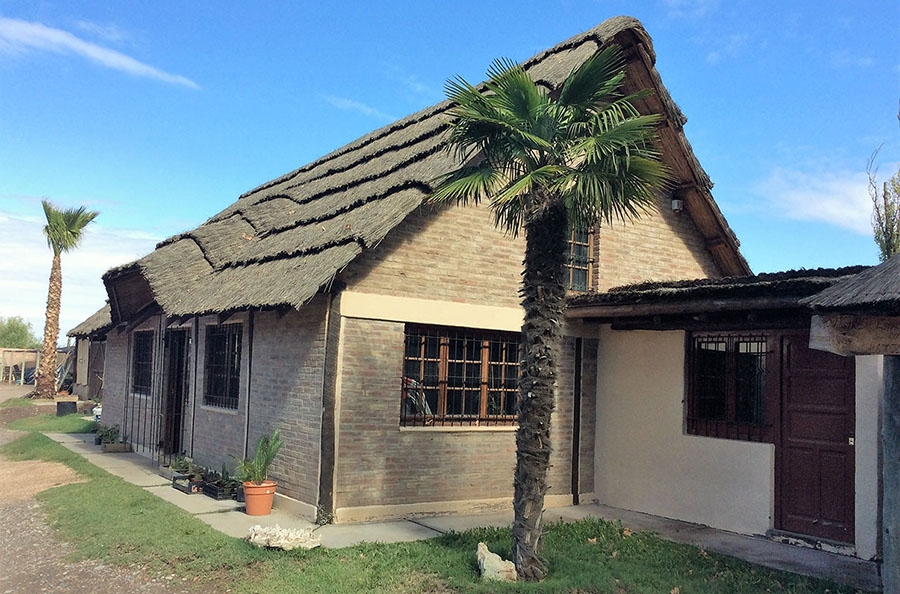
The architecture of the Mendoza countryside is much like you’d find in the wine regions of Italy and France, hamlets that among vineyards with thatched roofs.
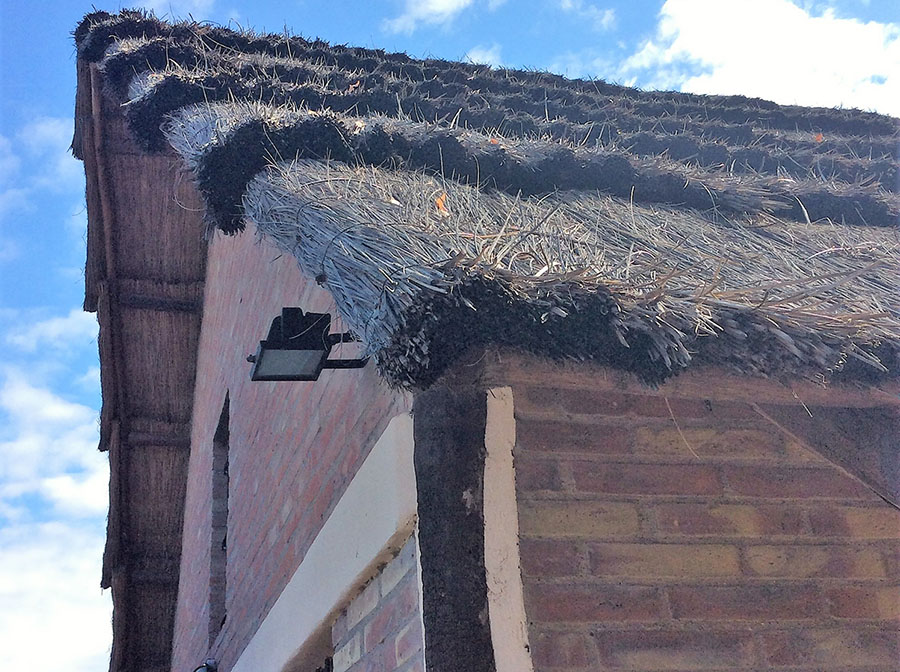
In this case, the thatch is different than I’d seen before, and I would have liked to learn more about how it’s made and installed, but alas, we didn’t have time to find a roofer.
Any architectural tour of the Winelands must include restaurants because most are housed in old homes, and if you don’t have friends and relatives in the area, these bistros are one way to see the traditional local housing stock.
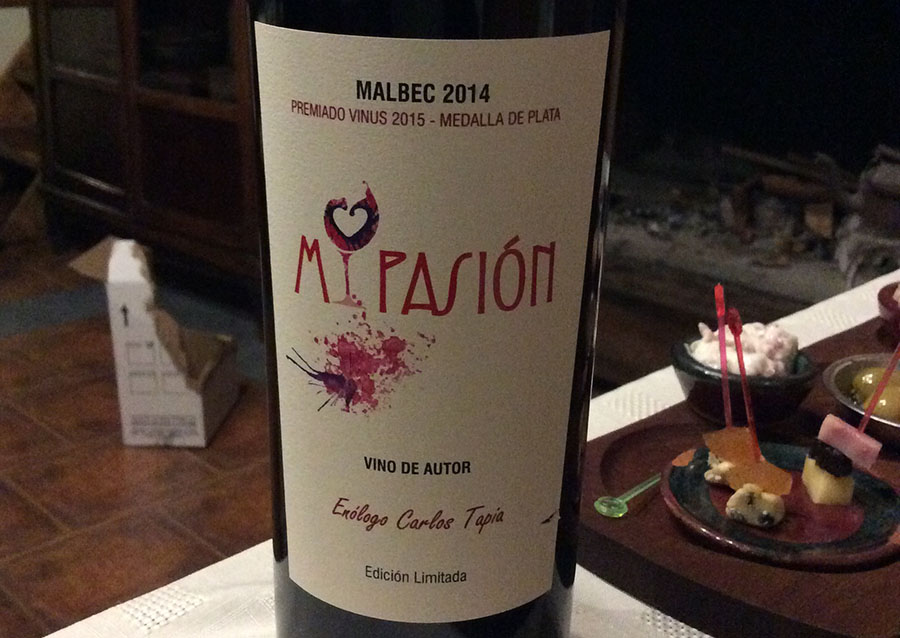
And you taste the artisanal bottles, signed by the resident enologist.
In Mendoza, a “cup of wine” may mean many cups.
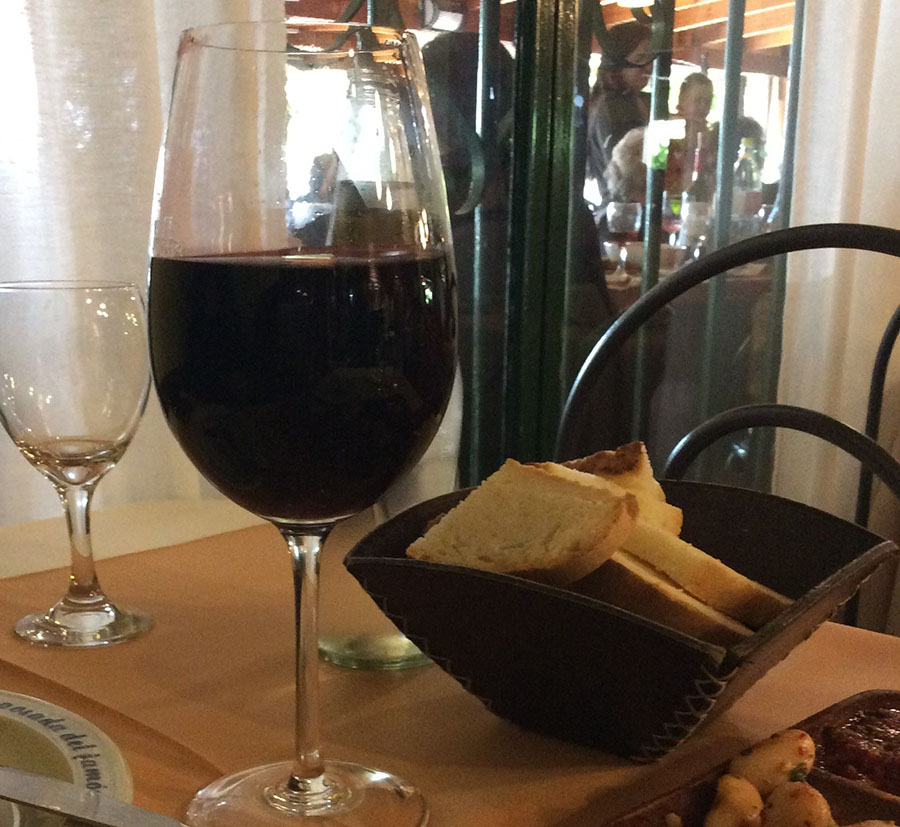
A pour is never measured.
I was visiting vineyards and got to peek inside the grower’s home.
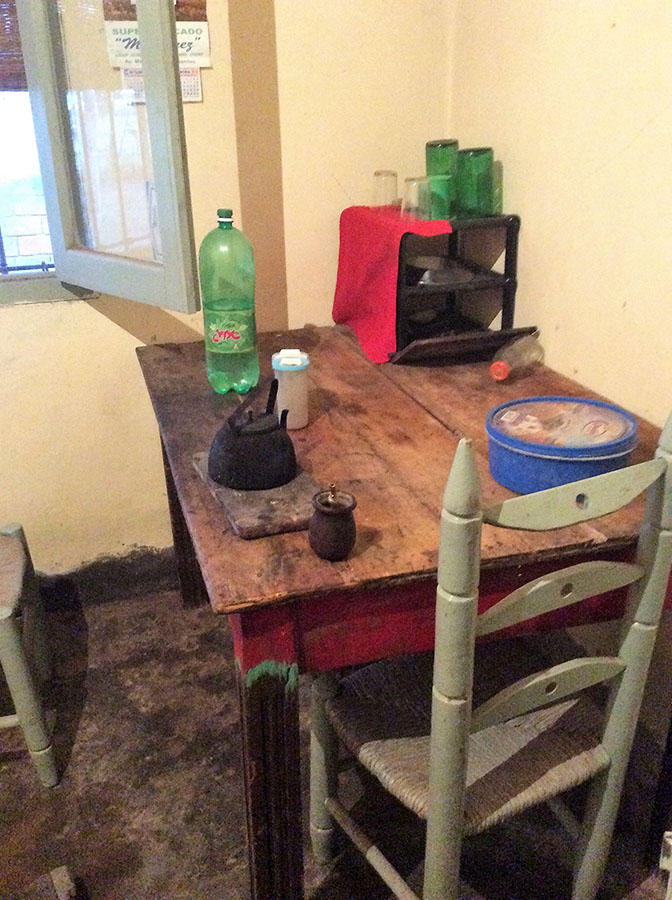
Here the furniture is sparse, but to me, quite beautiful. The old kettle and the little cup with a straw sticking out are to make the traditional tea, called mate, of Argentina, Chile, and Uruguay, the three countries we visited on this trip.
Our purpose was to find a vineyard for a US investor, and we did. We found and recommended the purchase of a very fine producer of Malbec and other varietals on sale for $75,000, including the country house pictured.
Yet what I loved most had little to do with architecture, or maybe it was at the heart of architecture, it was the private stash of the owner’s finest wine, in barrels in the storage room with bikes and old furniture. I don’t know if it was great wine or not, but to me, it was lovely.
Along with mate (a tea), red wine is the defining beverage of Argentina. I began to drink red wine as a boy of ten. Even today, on construction sites, at about 1 PM, lunch begins with a bottle of red wine passed around the crew, each man taking a swig, and then steak, and more wine, until the workers with bellies full pass out for a couple of hours' siesta.
In recent years, wine in Mendoza has found a place among the fine wines of the world, and the “wine route” through Mendoza’s Uca valley, where vineyards spread by the acre with the majestic Andes mountains as a backdrop, have become prime real estate.
Replacing many of rustic, pastoral vineyard cottages, luxurious bodegas spawned.
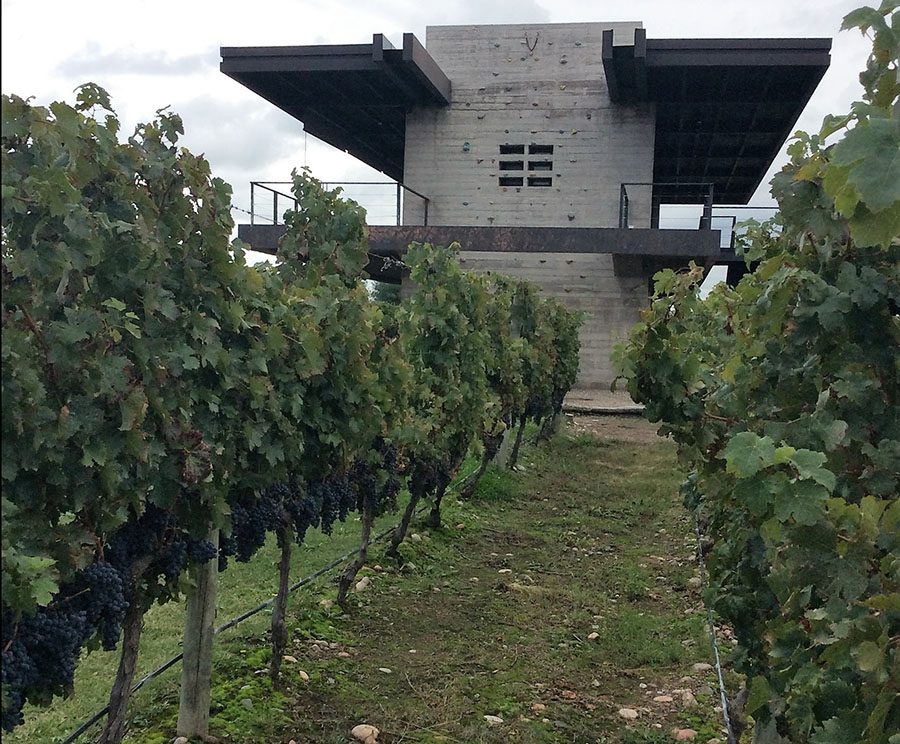
Unfortunately, instead of celebrating the vernacular, the international wine mongers built impressive, brutalist style European buildings to show off their sophistication and wealth. I don’t know how this brutalist building makes sense in a delicate vineyard, other than to say, that the owners of this place are rich and powerful enough to afford an ugly building.
A pity.
Despite the ostentation, a friend pointed out that the same craftsmen that built the cottages and bungalows I admire also built these impressive mansions.
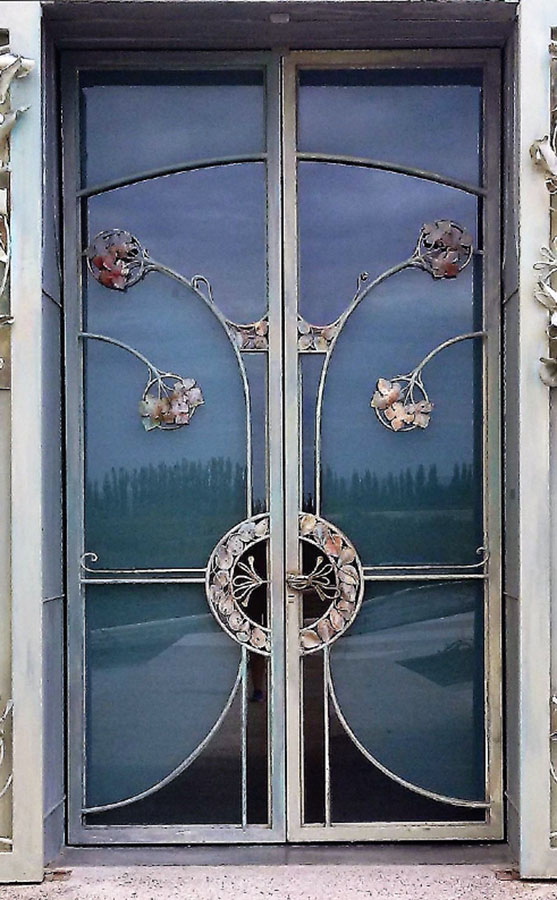
Reluctantly, I agreed, the workmanship is superb.
— Fernando Pagés Ruiz is ProTradeCraft's Latin America Editor. He is currently building a business in Ecuador and a house in Mexico. Formerly, he was a builder in the Great Plains and Mountain States. He is author of Building an Affordable House and Affordable Remodel (Taunton Press).
